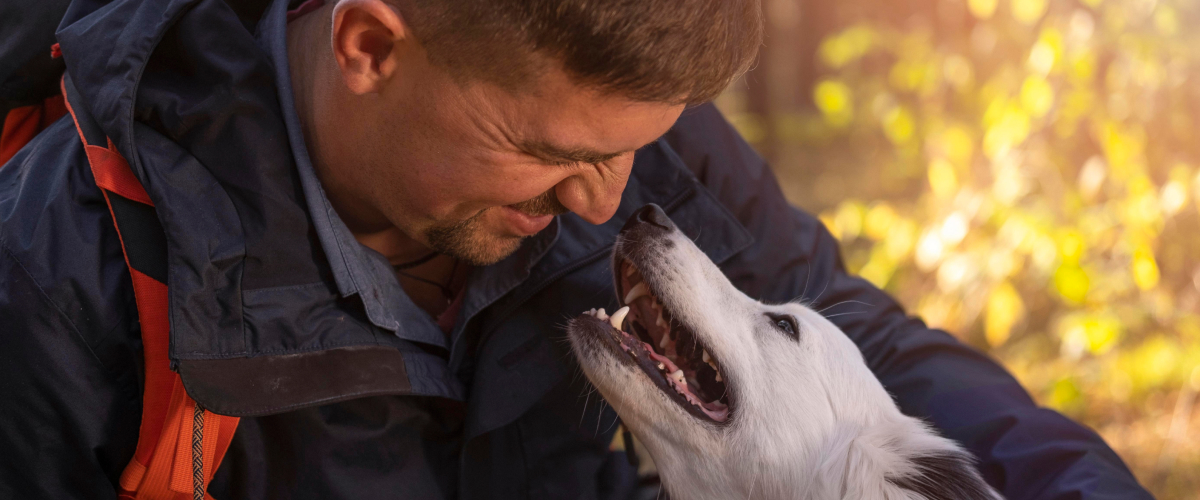Start by creating an emergency plan that includes a designated safe space within your home, such as a basement for tornadoes or an interior room for hurricanes, and a detailed evacuation plan with multiple exit routes and a designated meeting place. Practice this plan regularly with your pet to ensure familiarity. Additionally, prepare an emergency kit containing essential supplies like food, water, medications, a first-aid kit, leashes, collars, harnesses, waste bags, and a pet carrier. Include important documents such as vaccination records, medical history, microchip information, and recent photos of your pet.
Microchipping your pet is crucial for permanent identification and ensuring the registration information is up-to-date. Alongside this, keep a collar with up-to-date ID tags on your pet at all times. Stay informed about potential disasters in your area by signing up for weather alerts and knowing the locations of local shelters, veterinary clinics, and pet-friendly accommodations. To keep your pet calm during emergencies, have familiar items like toys, blankets, and beds ready. Behavioral training to keep your pet calm and responsive during stressful situations is also essential.
For evacuation readiness, have a pet carrier or crate prepared for quick transport and ensure it is large enough for your pet to stand, turn around, and lie down comfortably. Research pet-friendly hotels, boarding facilities, or arrange temporary housing with friends or family. Keep your veterinarian’s contact information handy, as well as the contact information for local animal control and emergency pet shelters. Conduct regular emergency drills that include your pet and familiarize them with the sounds and sights associated with emergencies, such as sirens and flashing lights, to reduce fear and anxiety.
Build a network of neighbors, friends, and family who can help care for your pet if you are unable to during an emergency. Establish a buddy system with a trusted neighbor or friend to check on each other’s pets in case one of you is not home during an emergency. After an emergency, have your pet checked by a veterinarian to ensure they haven’t suffered any injuries or stress-related health issues, and review and update your emergency plan and kit based on your experience and any new information. By taking these steps, you can significantly enhance your pet’s safety and well-being during emergency situations. Preparation and practice are key to ensuring that both you and your pet are ready to handle any crisis effectively.

